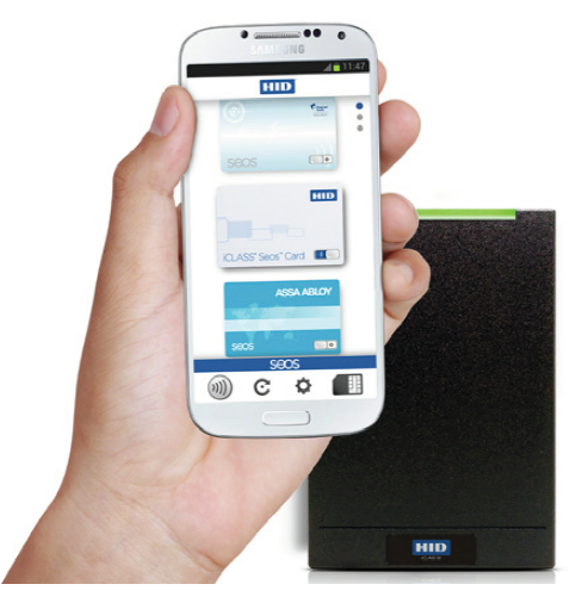In our recent Access Control Report 2016, the security industry gave mixed feelings about the use of mobile devices in access control systems.
In The Access Control Report 2016: Legacy Infrastructure and Motivations for Upgrading, published in association with HID Global, 72% of respondents agreed that it is convenient to have identity data not only stored on a card but on multiple platforms (cards, keyfobs, mobile devices) to have more flexibility when new trends occur.
However, a large majority of 80% agreed that using smartphones, tablets or wearable tech to gain access increases an organisation’s vulnerability to cyber hacks.
55% agreed that using smartphones, tablets or wearable tech to gain access is a gimmick with little real operational benefit, while 44% agreed I expect staff to be resistant to, or unenthusiastic about, using their smartphones, tablets or wearable tech to gain access
But there was a significant dissenting voice among the survey responses. “The purpose of access control is usually to restrict access to approved users,” said one. “So long as credentials are transferrable these will remain system vulnerabilities.”
This was a problem that could be solved with biometrics systems, significant reservations about which we acknowledged earlier in the report. But “non-transferrable credentials such as biometric are perceived as invasions of privacy if upgrading from another system,” continued the aforementioned respondent.
The view from HID Global
“Smartphones are now an integral part of employees’ daily lives. Even if the security manager may just view this as ‘just another form factor’, for the end user it makes a substantial difference as it provides a hassle-free access control method, liberating them from the need to carry around a card or token. Smartphones can also store several virtual cards, further reducing the number of cards an individual has to carry.
“Smartphones also enable the use of other communication channels like Bluetooth, which brings a new experience to end users. For example, they can now open doors and gates securely from longer distances. Mobile credentials also simplify credential provisioning as there is no need to print and program cards. A digital ID is sent to an employee’s mobile phone in seconds, wherever the employee is, and it can be revoked remotely.”
Subscribe to the IFSEC Insider weekly newsletters
Enjoy the latest fire and security news, updates and expert opinions sent straight to your inbox with IFSEC Insider's essential weekly newsletters. Subscribe today to make sure you're never left behind by the fast-evolving industry landscape.
Sign up now!

